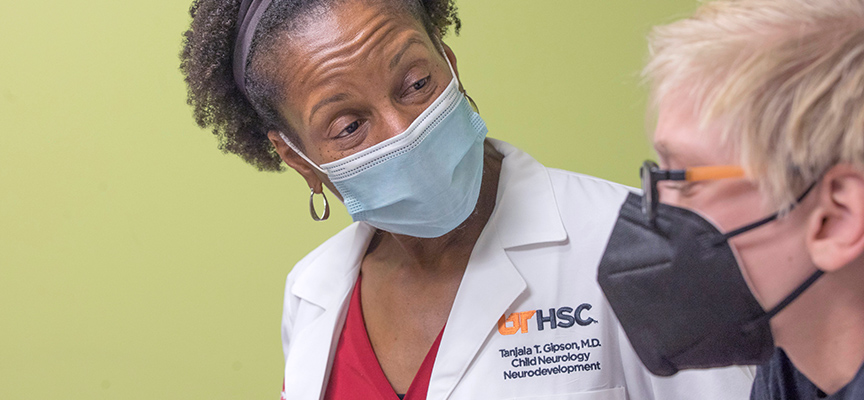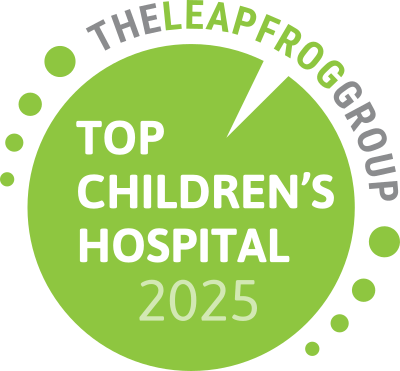Speaking Up For Children with TSC
In the first published research of its kind, Le Bonheur Pediatric Neurologist and Neurodevelopmental Disabilities Specialist Tanjala Gipson, MD, and her colleague, Psycholinguist Kimbrough Oller, PhD, and his team at the University of Memphis, have found that precursors of speech development are delayed in infants with tuberous sclerosis complex (TSC). These findings may signal poor language and developmental outcomes, according to a study published by Gipson, who is director of the TSC-Associated Neuropsychiatric Disorders (TAND) Clinic, and colleagues, in Pediatric Neurology. Delays in early vocalizations were seen across all parameters in the study.
Children and infants with TSC can experience associated neurodevelopmental issues that are known as TSC-associated neuropsychiatric disorders (TAND), including significant problems in communication and language. Only 28% of people with TSC have typical lingual function and up to 50% of those with TSC have autism spectrum disorder, which also impacts communication and language.
“The earlier we can detect delays, the earlier we can provide intervention,” said Gipson. “Currently children with TSC are diagnosed with autism at 7 years old on average. This research may allow us to detect autism as early as 6 to 9 months old.”

The study analyzed 74 audio-video recordings from the TSC Autism Center of Excellence Research Network of 40 randomly-selected infants with TSC. Researchers reviewed samples and determined the number of canonical (well-formed syllable structure typified by consonant-vowel combinations) and non-canonical syllables produced by the infants. Results were compared with two groups of typically-developing (TD) infants – 41 infants recorded in a laboratory setting and 39 infants recorded all day in the home through Language Environment Analysis (LENA). All recordings analyzed were taken at 12 months old.
Researchers determined volubility (total number of protophone syllables per minute), canonical babbling (number of consonant-vowel combinations) and the canonical babbling ratio (canonical syllables/total syllables) and compared results between TD infants and infants with TSC.
Volubility for infants with TSC was less than half that of TD infants from laboratory recordings. TD infants had a mean of 9.82 syllables per minute compared to 3.99 for those with TSC. When compared with LENA recordings, the rate of vocalization was more than three times higher in TD infants compared to infants with TSC, with a mean of 14.65 syllables per minute. The canonical babbling ratio (CBR) of infants with TSC was a mean of .117 compared to .346 in the laboratory recordings and .173 in the LENA recordings.
“Our results showed delays across all study parameters – canonical babbling, volubility and CBR,” said Gipson. “This data suggest that at 12 months many, perhaps most, infants with TSC show signs of delay in the vocal foundations for speech and language. The current results provide a benchmark suggesting that vocal development may be substantially delayed in TSC.”
Gipson’s long-term goal is to develop a body of knowledge in TSC about a variety of precursors to speech and language to help illuminate the development of language difficulties and other neurodevelopmental disorders in infants with TSC. Gipson and her team intend to conduct further research to standardize methodology, increase sample size and further assess the correlation between early vocalizations and language outcomes in infants with TSC. Their next step is assessing vocal precursors to language in all 130 infants in the TSC Autism Center of Excellence Research Network and relating them to the infant’s language outcomes at 36 months.
Help us provide the best care for kids.
Le Bonheur Children's Hospital depends on the generosity of friends like you to help us serve 250,000 children each year, regardless of their family’s ability to pay. Every gift helps us improve the lives of children.
Donate Now















